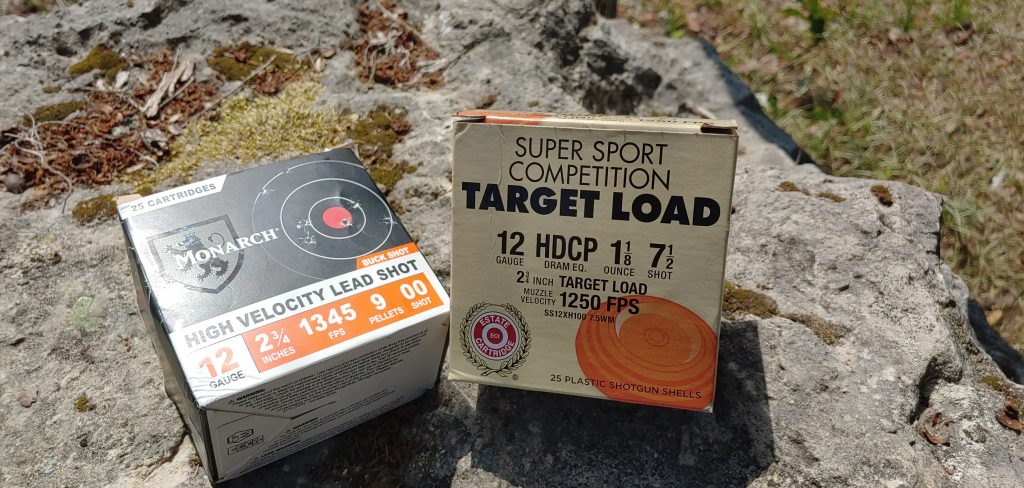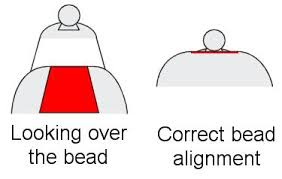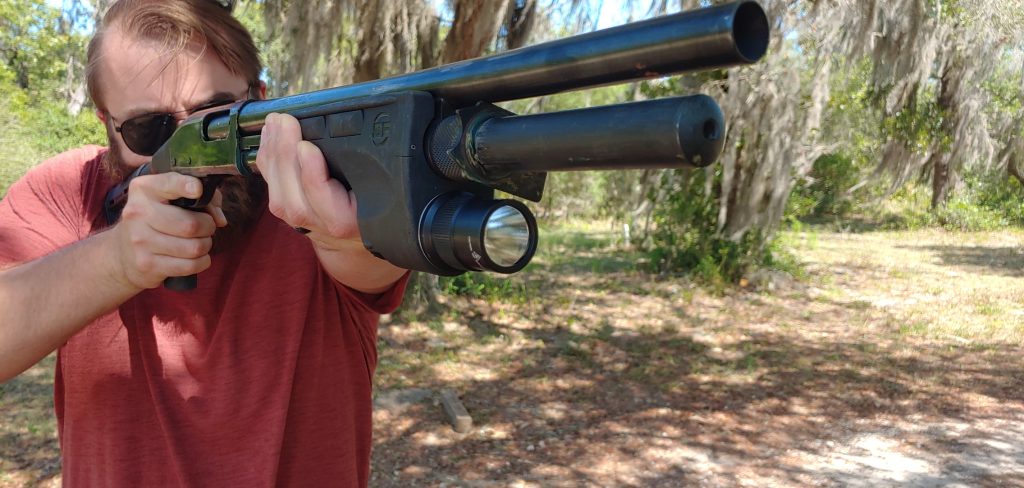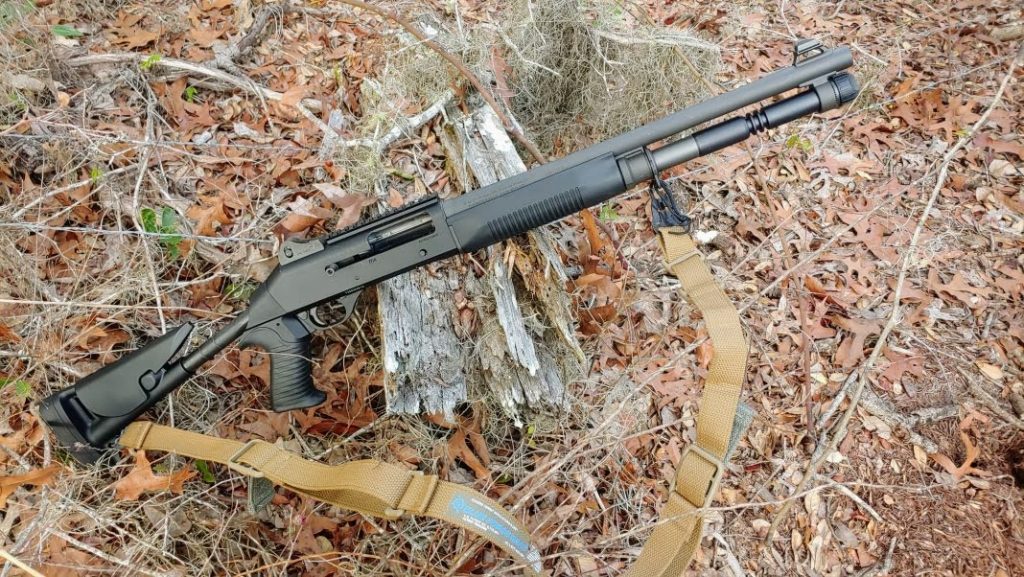
The world of shotguns is one full of bullcrap. Lots of fuddlore and bad information floating around on social media, on forums, on Youtube, and beyond. It’s a good reason why shotguns are the red-headed stepchild of the gun world. Luckily, guys like Tim Chandler, Ashton Ray, Rob, and Matt Haught are all changing that perception with good information. With that said, today, we are going to be debunking the five things you might be doing wrong with a shotgun and discuss some shotgun misinformation.
Shotgun Misinformation?
There is tons of bad information about shotguns. I’m part of a Facebook group all about defensive shotguns, and the amount of shotgun misinformation out there is awe inspiring. Sadly, a lot of this information filters down to new gun owners who might use social media to learn new things about their firearms. So we are going to lend our voices to the side of good information and try to mitigate some of the bad information, and give you some solid advice on using a shotgun.
Using Birdshot for Home Defense
This is my biggest pet peeve and the worst piece of shotgun misinformation out there. Using something designed for tiny animals to defend your home with is insane. Birdshot doesn’t even kill birds a lot of the time and merely knocks them out of the air and requires a wring of the neck.
Birdshot obviously doesn’t penetrate deeply into human flesh, and while a point-blank blast will certainly put someone down, why are you letting them get that close? Do you want the effective range of a spear in a home defense scenario? People often scream about over-penetration, and birdshot won’t penetrate walls.

If penetration is an issue, then use a AR 15 in 5.56. It’s less likely to over-penetrate than an effective shotgun round. Also, if you are worried about over-penetration, I have one simple trick for you!
Don’t miss!
If you want a simple solution for your home defense shotgun, then get Federal Flitecontrol 8 pellet 00 buckshot. If that’s not available, then look at Hornady Critical Defense with the versatile wad.
How You Use the Bead
This is less about shotgun misinformation and more about poor training habits. If you’ve been around shotguns long enough, you’ve likely seen someone advise you to aim for the belly to hit the target in the chest when using a bead sight.

This advice comes from people teaching people shotguns who have never been properly trained with shotguns. Bead sights aren’t tough to use but do require a correct sight picture. You want to align the bead with the rear of the receiver with nothing more than the bead showing in your sight picture.
If you are looking over the top of the bead and seeing the top of the barrel and receiver, you have an incorrect sight picture. Get lower, more behind the stock a bit, and you should only see the bead and the rear of the receiver.
Getting Stocked
Shotgun stocks are almost universally too long. Shotguns with long length of pulls make it tough to square up to a target and to comfortably shoot a shotgun. This isn’t shotgun misinformation, but it’s often something many people don’t understand about their guns. Shotgun manufacturers love long lengths of pulls, and this comes from the sporting world of shotguns and hasn’t left the tactical world.

If possible, find a shotgun with a LOP shorter than 14 inches. I’m a big guy, and 13.5 suits me well, but I’ve heard that most ordinary people fit well behind a 12.5-inch LOP. The Magpul SGA stock and Flash-5 stocks have removable inserts for a customizable fit. Youth stocks from Hogue also offer a shorter length of pull than most standard stocks.
Of course, if you’re handy with tools, you can always trim it yourself.
Mitigating Recoil
Whenever someone remarks that recoil is a downside of shotguns, I point them to Rob Haught. His push/pull technique tames the shotguns, and its effect on recoil is well beyond what fancy stocks and low recoil ammo can do. It’s simple to use, and you push forward with your non-dominant hand and pull rearward with your dominant hand.

It sounds easy, but it takes some practice. You generally have to drive the gun with the non-dominant hand, and that takes practice. Working with the technique in dry fire and you’ll find a rhythm to tense up, fire, work the action of a pump gun and repeat.
The old pull it into your shoulder and grit is an old piece of shotgun misinformation that should be retired.
Not Trusting Semi-Autos
“Semi-autos jam” is the common cry of the man or woman who don’t trust semi-auto shotguns. There was a time when semi-auto shotguns were very much hit or miss, but that time has largely passed. Semi-auto shotguns have improved significantly, and you don’t have to spend several thousand dollars to get a good one.

Mossberg 930s are quite affordable, as are Stoegers, and both enjoy good reputations for quality and reliability. Even cheap semi-auto shotguns seem to runway better than they used to. I’ve handled 300 dollar semi-autos that eat everything.
I’m not advising you to purchase the cheapest semi-auto, but you certainly don’t have to buy a Beretta 1301 or Benelli M4. (Although it’d be a lot cooler if you did.)
Shuck Shuck
Shotguns rule. The repeating claymore can be a very viable weapon for home defense and duty use. It has its intricacies and irregularities but let’s call that part of its charm. The shotgun is not an egalitarian weapon and doesn’t suit all shooters, but if you can handle the gauge, it will deliver. Hopefully, we’ve cleared some bad habits, shotgun misinformation and made the weapon a little easier to understand.



